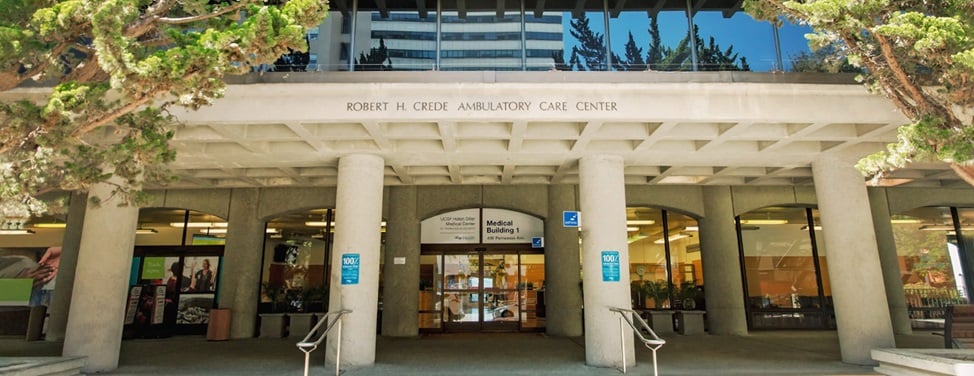
Soy Allergy
What is a Soy Allergy?
Soy allergy is one of the most common food allergies in infants and children. This food allergy is often outgrown by the age of 3. Symptoms of a soy allergy may be mild or severe, and can include:
- Hives, itching or eczema
- Tingling sensation in the mouth
- Swelling of lips, face, tongue, throat or other parts of the body
- Wheezing, runny nose or trouble breathing
- Abdominal pain, diarrhea, nausea or vomiting
- Dizziness, lightheadedness or fainting
Some people may have a serious reaction to soy called anaphylaxis, which is potentially life-threatening if it is not treated. Discuss symptoms and treatment options with your doctor. Call 911 if breathing becomes difficult.
Treatment
If you are allergic to soy, the only way to prevent an allergic reaction is to avoid soybeans and all soy products.
Label Reading
Soy is used in many processed foods. It is important to read labels carefully in order to avoid products that may contain soy. Some ingredient lists may not include the word soy, but that doesn't mean the product is soy-free.
General Guidelines for Avoiding Soy Products
- Check to see if soy is listed in the ingredients. Check the lists below for other names used for soy.
- Look for the phrase "contains soy" somewhere on the package.
- Call the manufacturer if you have any doubts. It's better to be safe than sorry when it comes to food allergies.
Common Sources of Soy
These items contain soy and should be avoided:
- Bean curd
- Edamame
- Hydrolyzed soy protein
- Lecithin
- Miso soup
- Miso paste
- Natto
- Shoyu sauce
- Soya
- Soy albumin
- Soybeans
- Soy flour, soy grits, soy milk, soy nuts, soy oil, soy sauce, soy sprouts
- Tamari
- Tempeh
- Textured soy protein (TSP)
- Textured vegetable protein (TVP)
- Tofu
- Vegetarian hot dogs, burgers, sausages
These label ingredients may or may not contain soy protein. Read labels carefully. If unsure, call the manufacturer:
- Cereals
- Formulas for infants and toddlers
- Hydrolyzed plant protein
- Hydrolyzed vegetable protein
- Imitation bacon bits
- Margarines made with soybean oil
- Meal replacement shakes
- Nondairy frozen desserts
- Natural flavoring
- Processed meats
- Protein powder
- Surimi (imitation seafood)
- Vegetable broth
Nonfood Items May Contain Soy
Allergen labeling does not apply to nonfood items such as soap, lotion and medications. Some people will have reactions to these items as well. To be safe, check labels on these products to make sure they are soy-free.
Avoid Cross Contamination
Even when a product is soy-free, it can become allergenic if it comes into contact with a soy product. It is important to take the following precautions:
- Sanitize cutting boards, knives, forks and anything that touches food.
- Prepare soy-free items first before preparing soy-containing foods.
- Do not reuse frying oil if a food containing soy was fried in that oil.
- Cover and label foods that are soy-free so that they are separated from foods that contain soy.
- Store soy-free food on separate shelves in the refrigerator and pantry.
Soy Oil and Soy Lecithin
Soy oil and soy lecithin are highly processed forms of soy. They have less of the soy protein that causes the food allergy reaction. Some people tolerate soy oil and lecithin, while others do not. Ask your doctor if you should avoid these forms of soy.
Useful Resources
UCSF Health medical specialists have reviewed this information. It is for educational purposes only and is not intended to replace the advice of your doctor or other health care provider. We encourage you to discuss any questions or concerns you may have with your provider.






